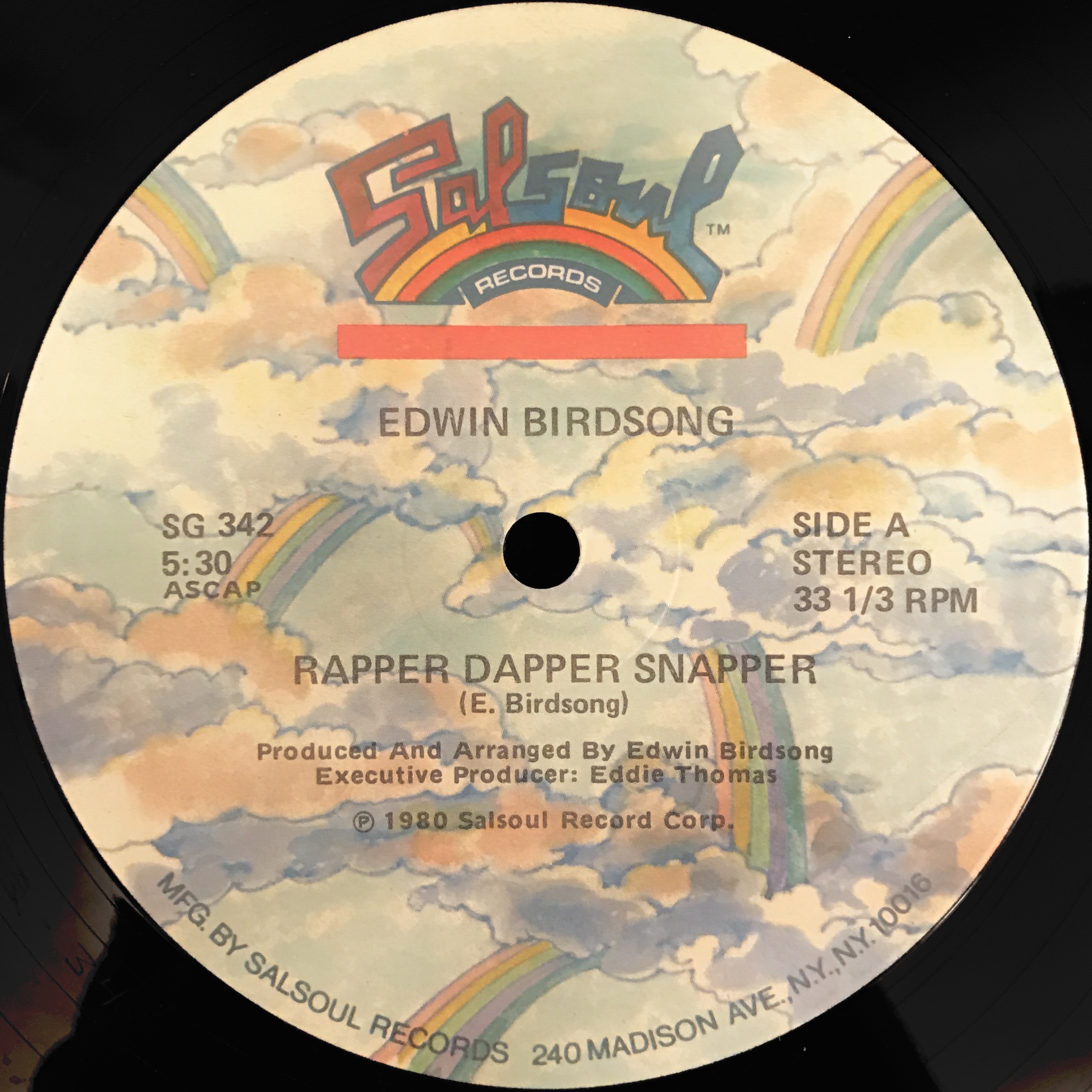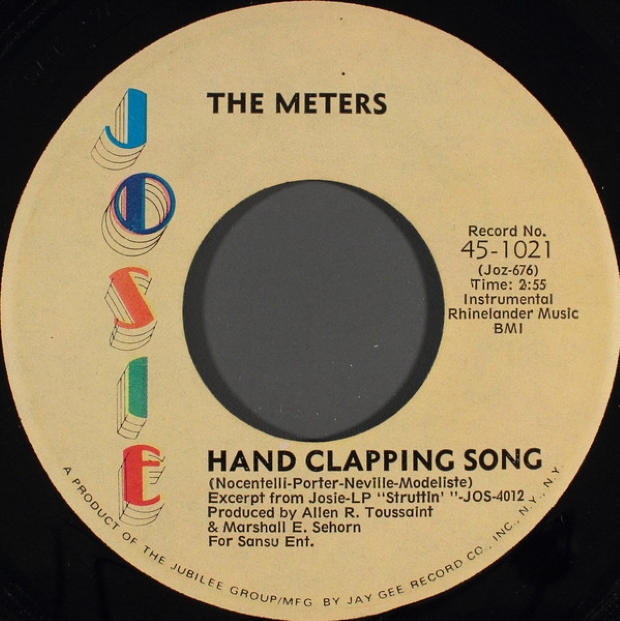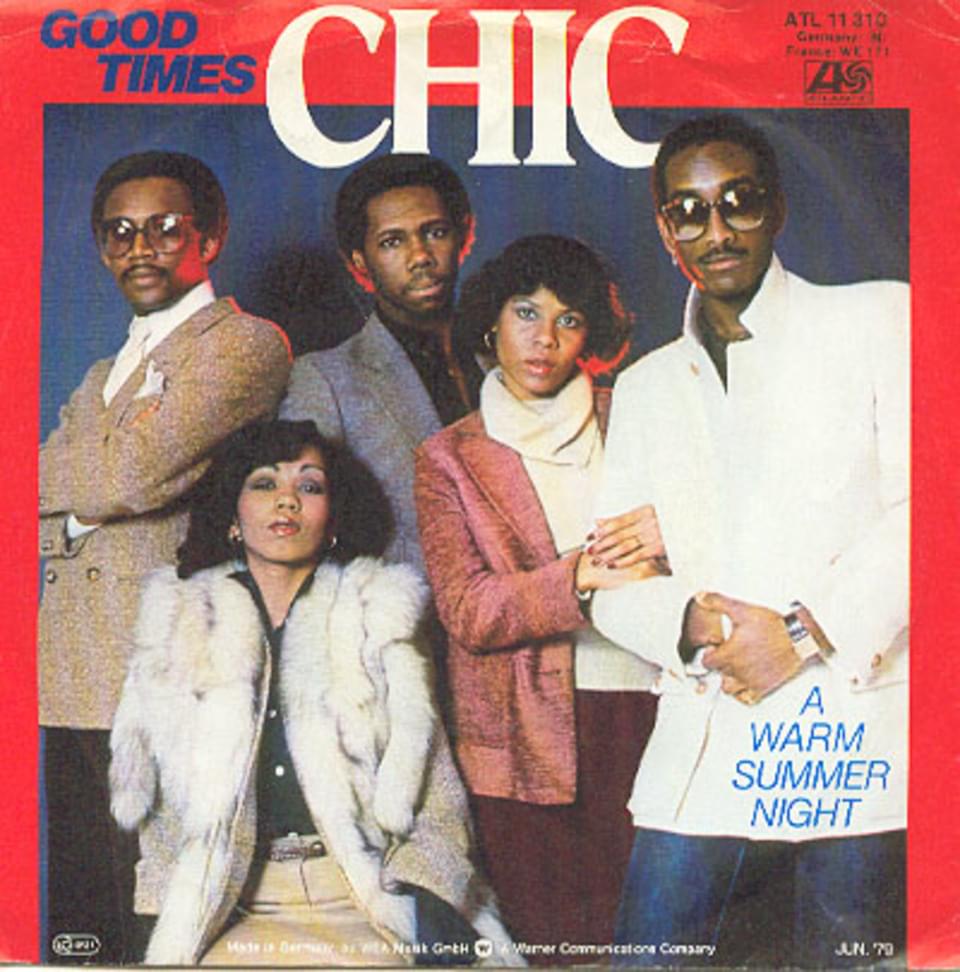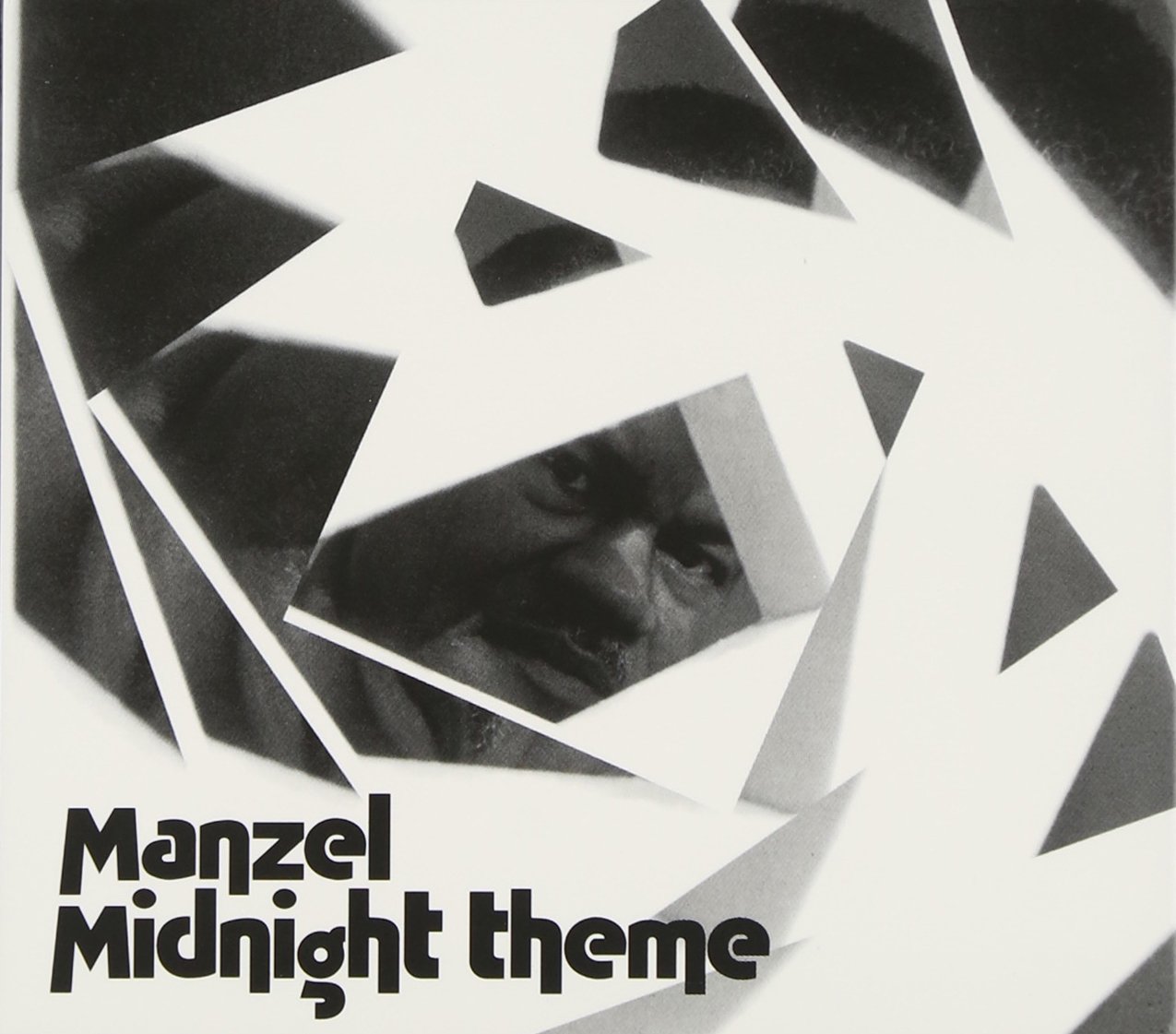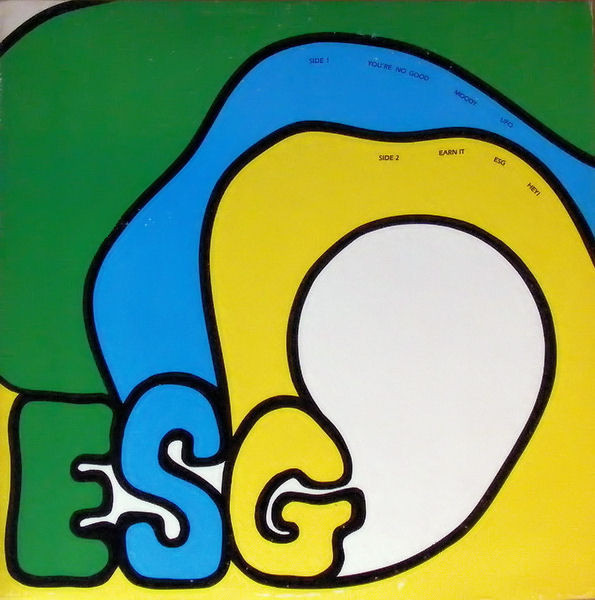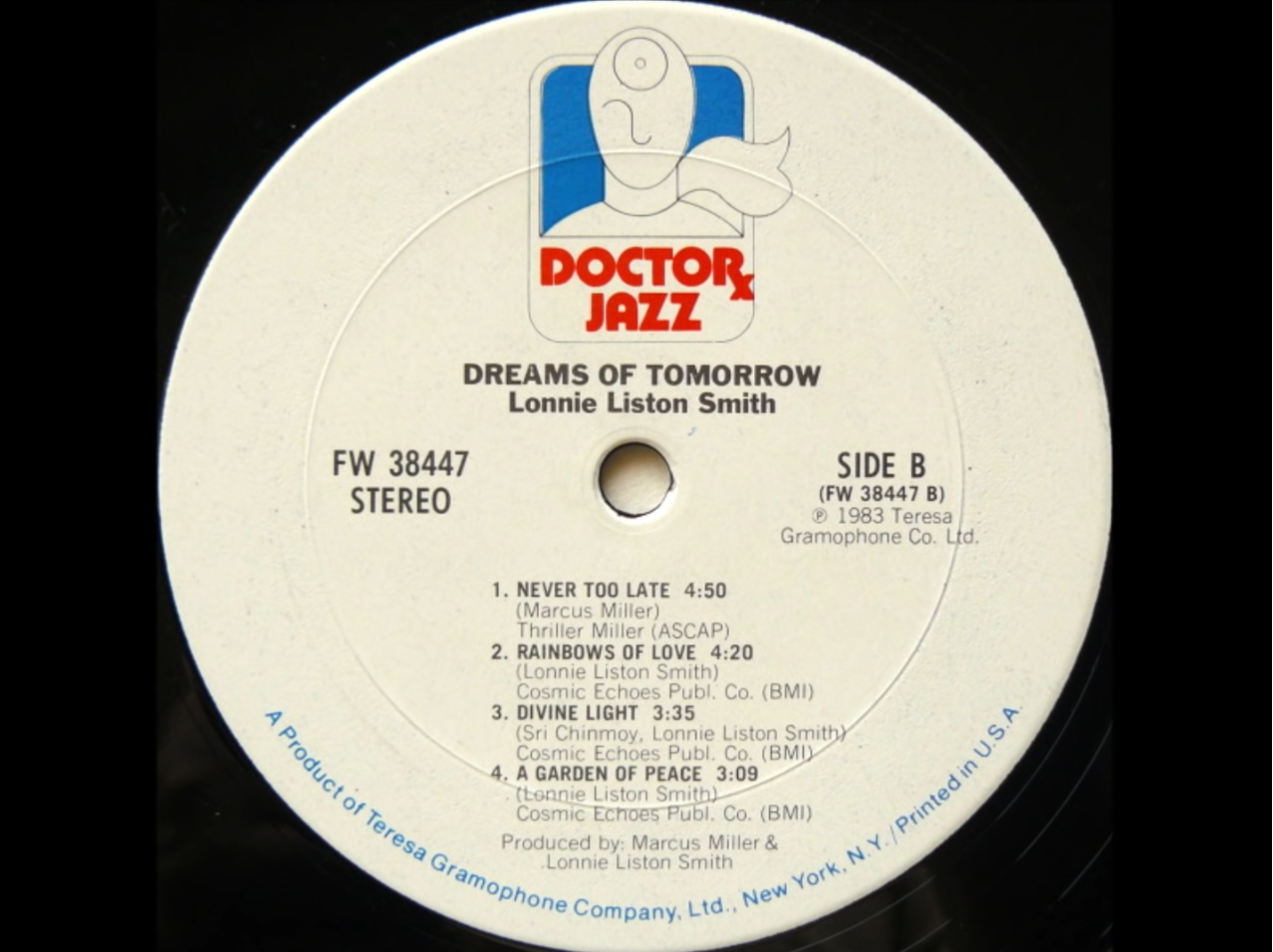Edwin Birdsong passed last Monday at the age of 77. And I know it's a funny thing to furrow my brow over when I'm eulogizing the man through a column about breaks, but putting "sampled by..." in the lede or the headline of an Edwin Birdsong obit obscures what he did decades before your favorite beat-flippers -- robotic or otherwise -- first touched an MPC.
Granted, if you consider looping and chopping to be a sincere form of flattery, then Birdsong earned some major compliments in the years after he receded from the sessionman and featured-player ranks in the '70s and '80s. Just from his solo joints ("Goldmine," "Autumn Eyes," "The Spirit Of Do... Do") you could get a lot of get-down mileage -- much of it still untapped -- from the lively, headnod-motivating hooks made possible by his highly attuned combination of melody and rhythm on the keyboard and as an arranger. He could do a hell of a ballad or a slow jam, too -- really working the angles and edges between the poppier ranks of R&B, the deeper realms of soul-jazz, and the bassbin-shaking 4/4 pulse of disco.
Oh yeah: all that, and he played with Roy Ayers. "Played with Roy Ayers" in this case means "co-wrote and/or manned keyboards on some of Ayers' greatest tracks"; to this day I'm still split as to whether the synthesized soul of lovelorn g-funk crate staple "The Memory," deity-tier disco-jazz rollerskate jam "Running Away," or the cosmic drift of RAMP's UV-ray bath "Daylight" is the better co-creation between the two artists. (That's the kind of resume that actually makes "played keyboards with Stevie Wonder" feel like a parenthetical.)
Birdsong's career hit so many nerves inside the backbone of the hip-hop generation that his influence feels like a continuum instead of just an out-of-nowhere discovery transplanted from dusty bins to SP-1200s. And it's fitting that one of his biggest successes, a single that loosely riffed off the rap phenomenon that had just recently started to make its way to wax, reverberated so deeply through hip-hop -- even earlier than you think.
The Original: Edwin Birdsong, "Rapper Dapper Snapper" (12", Salsoul, 1980; also released on Funtaztik, Salsoul, 1981)
The bummer thing about Edwin Birdsong's solo career is that even though it spanned a decade and five albums from 1971-81, it's still woefully underchronicled. Even a 2014 profile in Issue 59 of cratedigger bible Wax Poetics dedicated to breaking through Birdsong's relative anonymity couldn't cover it all, though it did reveal the inner workings of a man talented enough for Juilliard but too set on his own vision to put up with their stuffiness.
Birdsong could skew pop just fine -- he told Wax Poetics that he was a catalyst for "getting [Ayers] to move from being a purely jazz musician to become more bluesy and commercial" -- but his idea of pop was still so deeply influenced by the outer reaches of jazz that he actually made commercial music just a bit more out there just from his influence. In the mid '70s, Edwin and his songwriter wife Michelle would catch shows by Sun Ra every time he hit Slug's Saloon in NYC's Lower East Side, and you can hear the residual influence of all that dissonant beauty in the keyboard lines of his late '70s contributions. Then he'd create a lifeline from Slug's to the Paradise Garage -- Larry Levan dug his stuff, putting "Running Away" into heavy rotation throughout the venue's entire 10-year lifetime, and geeking out over Birdsong's work from '77 onwards.
That's how "Rapper Dapper Snapper" took off in the clubs: Not only was the 1980 12" Birdsong's first release on the legendary disco label Salsoul -- making the same jump that the original MFSB members did a few years prior, since the self-titled '79 LP that gave us "Cola Bottle Baby" was also a Philadelphia International release -- but it catered to the future-funk tastemaking of Levan while keeping one foot in the other big dancefloor phenomenon of turn-of-the-'80s NYC, a deliberate nod to hip-hop's DJ culture that Birdsong absorbed while checking out the likes of Grandmaster Flash at the Bronx's Disco Fever. He later crossed the bridge to Queens and handed off a copy to a late-teens Marley Marl, and giving a break to Marley Marl is basically weaponizing it.
Not like it's hard to hear the potential for "Rapper Dapper Snapper" to work as an enduring classic: It's a perfectly engineered disco/funk/break record with just enough new-wave eccentricity to anticipate the Tom Tom Club and Liquid Liquid joints alongside which it would be played a year or two later. But even Wax Poetics' deep dive doesn't pinpoint just who out of the multiple credited drummers (Jellybean Benitez/Nona Hendryx regular Trevor Gale? Longtime Birdsong collaborator Kenee Wilson? Toyah member/session player Steve Bray?) are directly responsible for that mechanical-but-slinky break.
Whoever it is, they get all the credit in the world for holding down the groove in a track where Birdsong's free to make more freewheeling synthesizer and piano solos and squiggles than anyone can count.
The First Sample: Lorel & Harty, "The Amazing Adventures Of Jungle Jenny" (from "Spooks In Space" 12", Just Eyes & Teeth Records, 1981)
Now if you really want to wrap your head around the mystery of an anonymous musician or two, get a load of this megamix, where every single credit is baffling in its own way. Who were "Lorel & Harty"? Why did they give this 12" a title that, even if you shrug off its potentially edgelord-1981-style "is that supposed to be a racial-epithet joke?" undercurrents, is also a potential nod to the then-recent ZE Records release by a group called Aural Exciters -- a one-off studio band produced by and featuring future "Rapper Dapper Snapper" engineer Bob Blank? What in the name of every religion's god is that "Jungle Jenny" title supposed to mean? Or that label name! Just Eyes & Teeth? What? Was this even released outside the Canadian disco bootleg circuit?
I have so many questions, including but not limited to whether this really was put together in 1981 or whether it's an elaborate forgery à la that 8/8/88 album. But whoever did this is officially an unsung genius: opening with a goofball Lawrence Welk intro, mixing Tom Tom Club's "Genius Of Love" into "Rapper Dapper Snapper" almost subliminally before slipping Timmy Thomas's "Why Can't We Live Together" into it, then making the break rounds with everything from fresh-for-'81 radio joints ("I Can't Go For That"; "Get Down On It") to deeper-than-deep West End and Prelude Records cuts (North End's "Happy Days"; Gayle Adams' "Love Fever") to the odd old-school proto-disco iconic cut like Isaac Hayes' "Theme From Shaft" or James Brown's "Sex Machine." Somebody step up and claim your award for Dopest Mix of 1981, Non-"Adventures Of Grandmaster Flash On The Wheels Of Steel" Division.
The Early Sample: De La Soul, "Me Myself And I" (from 3 Feet High And Rising, Tommy Boy, 1989)
This is the first time "Rapper Dapper Snapper" was actually used as a hip-hop break, and whew. Prince Paul and De La get a lot of credit for a lot of things on this one, including pulling off the golden age's best East Coast example of a P-Funk sample (which is what broke them out West), as well as making this one of the greatest "we gotta write another one 'cause the label doesn't hear a single" tracks in hip-hop history. But that's just the big-picture stuff, and somehow, even though it's often mentioned in Birdsong-as-sampled contexts, the way the "Rapper Dapper Snapper" drums are used still feels underrated.
Maybe it's something in the lizard brain that gravitates directly to that Funkadelic "Not Just Knee Deep" riff that lets the Birdsong drums seem more like insinuations than a Big Fucking Break, even though it really is big. It's just that well-streamlined, and even though the break passed through a lot of talented hands (the Chemical Brothers and DJ Quik, for starters), it took a long-ass time for someone to fuse the drums to another sample so indelibly that it'd feel like something was missing otherwise.
The Breakthrough Sample: Gang Starr, "Skills" (from The Ownerz, Virgin/EMI, 2003)
Surprise! That someone was Premo, because of course. Like "Me Myself And I" proved, it's not enough to just loop even the most distinct drum break -- it's when you merge those drums with a melodic hook that actually makes the break feel more complete.
In using the recurring Wilbur "Bad" Bascomb bass and Lonnie Liston Smith keyboard riff from the Mysterious Flying Orchestra's "Shadows" -- which, just as a fun aside, is a song that features Madlib's uncle Jon Faddis on trumpet (though what '70s album didn't?) -- Premier unites a couple different strains of soul-jazz-fusion, spaced-out vibes merged with b-boy funk and makes them sound inseparable. And then he gets Guru to rap over the results, because sometimes life's all right like that.
The Weirdo Sample: Luke Vibert, "Rapperdacid" (from Chicago, Detroit, Redruth, Planet Mu, 2007)
Sometimes a producer will latch on to a break and just Go For It, like when both Ced Gee and the Ultramagnetics had some kind of late-'80s arms race with Marley Marl over who could flip Melvin Bliss's "Synthetic Substution" more. That's what surprised me when it came up in my research for this column: Luke Vibert loves him some "Rapper Dapper Snapper" drums. Can you blame him? I don't.
At least he flips the script each time: in "Acidisco," from 2003's YosepH, Vibert points to the title and nods emphatically, figuratively speaking, by melding the drums to a wobbly 303 oscillation; it's obvious, but sometimes obviousness works wonders. Under his more acid-jazzy/trip-hoppy guise as Wagon Christ, he reconfigured the break as the rails on which the bumble-footed, vaguely drunk warble-bass frequencies just barely rode steady for "Quadra Y Discos" on 2004's Sorry I Make You Lush. And then, three years later, he pulls the drums out again, only to slow them down a few BPM and drop a far gnarlier, more anxious 303 pattern over it like a deliberate riposte to "Acidisco." If you're talking quality, this is a definite Third Time's The Charm situation, but the entire evolution from "Acidisco" to "Quadra Y Discos" to "Rapperdacid" is what completes a fascinating picture in itself.
The Recent Sample: Musiq Soulchild, "Wait A Minute" (from Life On Earth, eOne, 2016)
The "Rapper Dapper Snapper" drums, shouts from the Mohawks' "The Champ," and an interpolation of the hook from "Top Billin'"? OK, Musiq, we get it, this is the Old School Throwback.
Except it's not, really, which is impressive. Even just taking the first half into account, it really just sounds like nebulous chops-over-trends late-'10s R&B, like where it's supposed to fit isn't nearly as important as how it's supposed to hit. He's got a voice, so everything else can just be constructed around that and sound good regardless, though credit where it's due to producer Warryn Campbell for keeping the backbeat busy and making that drum break feel more complicated and intricate than it already is.
